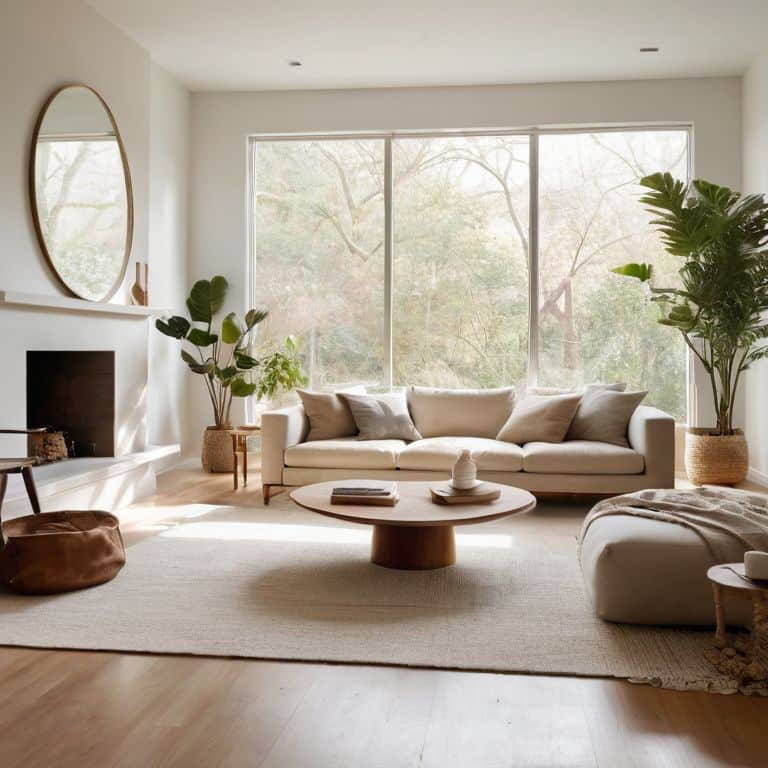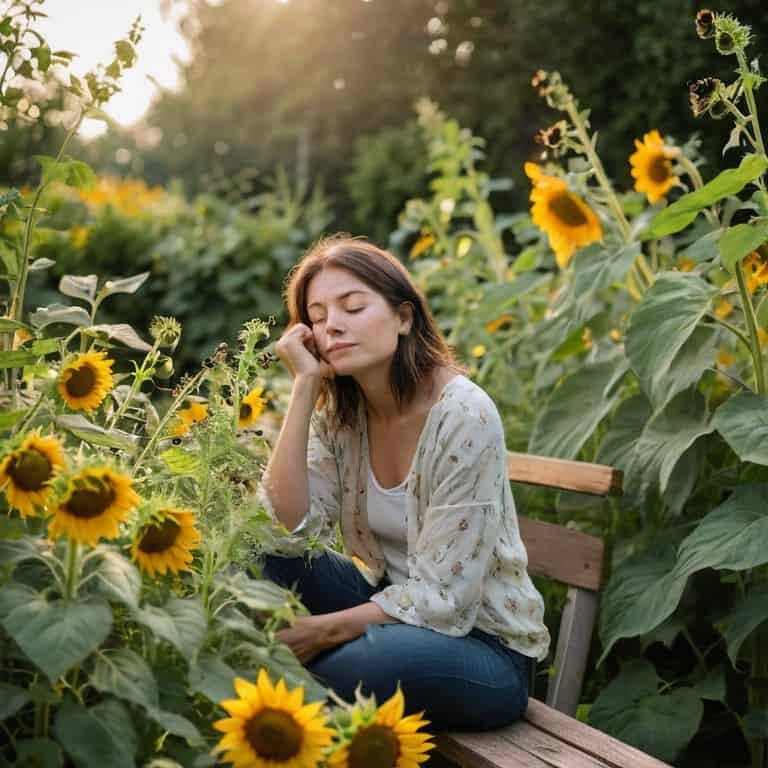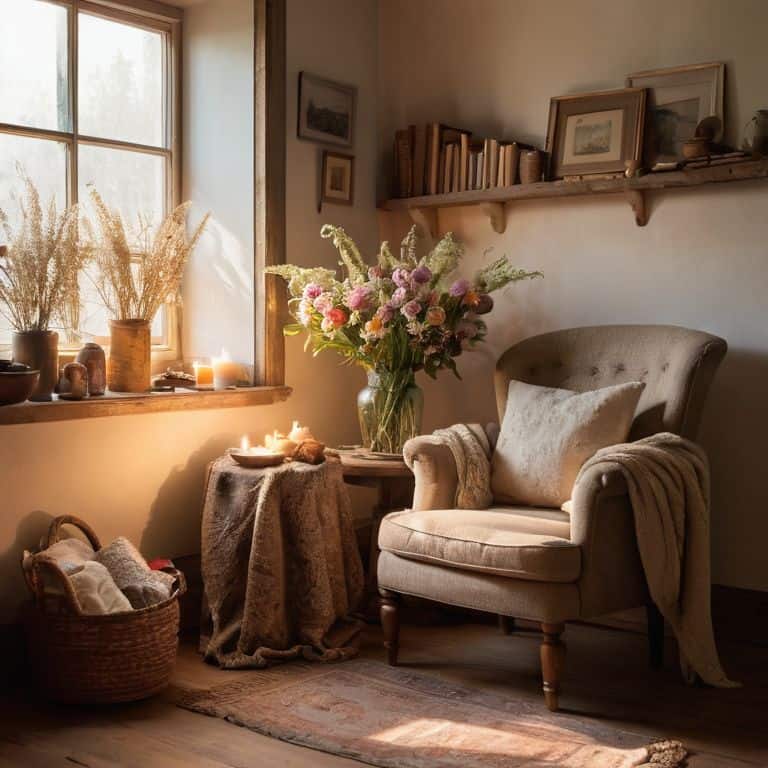As I sit in my cozy coastal town studio, surrounded by the gentle hum of the potter’s wheel and the scent of freshly brewed tea, I often find myself pondering the difference between slow living and minimalism. It’s a question that has weighed on my mind since I left the fast-paced world of graphic design behind, seeking a more intentional and peaceful way of life. I’ve come to realize that many of us are faced with a similar dilemma: trying to navigate the nuances of these two concepts and figuring out which path is right for us.
In my experience, the key to understanding the distinction between slow living and minimalism lies not in grand theories or strict rules, but in the simple, everyday moments that make life rich and meaningful. As someone who’s walked this path, I want to share my honest, no-nonsense insights with you, gained from years of experimenting with different rhythms and habits. In this article, I’ll offer you a personal and practical guide to exploring the difference between slow living and minimalism, and how you can apply these principles to cultivate a more authentic and fulfilling life, one that’s tailored to your unique needs and desires.
Table of Contents
Slow Living

Slow living is a lifestyle that _embraces the gentle pace of life_, where individuals prioritize mindfulness and presence in their daily activities. At its core, slow living is about savoring moments, rather than rushing through them, and its main selling point is the promise of a more _fulfilling_ and _meaningful_ existence. By adopting slow living practices, such as meditation, journaling, or simply taking time to appreciate nature, individuals can cultivate a sense of calm and clarity in their lives.
For me, slow living is about creating space for _simple pleasures_ to emerge, like watching a sunrise or enjoying a warm cup of tea on a quiet morning. It’s about letting go of the need for constant productivity and instead, allowing myself to be present in the moment. When I’m living slowly, I feel more _grounded_ and _connected_ to the world around me, and I’m able to appreciate the beauty in everyday things, like the sound of birds singing or the smell of freshly baked bread.
Minimalism

Minimalism is a lifestyle that _involves paring down_ to the essentials, where individuals intentionally limit their possessions and focus on what truly adds value to their lives. The core mechanism of minimalism is about removing distractions and _simplifying_ one’s environment, and its main selling point is the promise of a more _streamlined_ and _efficient_ existence. By embracing minimalism, individuals can reduce stress, save time, and allocate resources to what truly matters.
As someone who’s _embraced minimalism_ in my own life, I can attest to the _liberating feeling_ of letting go of clutter and excess. It’s allowed me to focus on what truly brings me joy, like my pottery studio and writing, and to create a sense of _space_ and _calm_ in my home. When I’m surrounded by only what I need and love, I feel more _clear-headed_ and _inspired_ to pursue my passions, and I’m able to live a more _intentional_ and _authentic_ life.
Head-to-Head Comparison: Slow Living vs Minimalism
| Feature | Slow Living | Minimalism |
|---|---|---|
| Core Focus | Mindful and intentional lifestyle | Reducing possessions and clutter |
| Key Principles | Simplifying schedules, self-care, and local engagement | Owning only what is necessary, simplicity, and sustainability |
| Environmental Impact | Emphasis on local and sustainable practices | Reduction of waste and consumption |
| Cost | Variable, with potential cost savings | Often cost-effective, with reduced spending on possessions |
| Time Commitment | Requires consistent effort to maintain pace and priorities | Initial effort to declutter, then less time-intensive |
| Best For | Those seeking a holistic lifestyle change | Individuals looking to simplify their living and work spaces |
| Challenges | Maintaining a slow pace in a fast-paced world | Resisting consumerism and social pressure to accumulate |
Slow Living vs Minimalism

As I sit in my garden, surrounded by the gentle hum of bees and the scent of freshly cut herbs, I’m reminded of why simplicity matters. In the debate between slow living and minimalism, understanding the differences between these two lifestyles is crucial for those seeking a more intentional way of life. The criterion of slow living vs minimalism is critical because it helps individuals understand how to cultivate a sense of calm and clarity in their daily lives.
When it comes to slow living, embracing a gentle pace is key. This means taking time to appreciate the small things, like watching a sunset or sipping a cup of tea. In contrast, minimalism often focuses on decluttering and paring down possessions to the bare essentials. While both lifestyles share some similarities, their approaches to simplicity are distinct. Slow living encourages individuals to slow down and appreciate the journey, while minimalism emphasizes the importance of living with fewer material possessions.
In conclusion, when it comes to the criterion of slow living vs minimalism, I believe that embracing the journey is the clear winner. By focusing on the process, rather than just the end result, individuals can cultivate a sense of mindfulness and appreciation for the simple things in life. This approach allows for a more nuanced and intentional approach to simplicity, one that prioritizes experience and connection over material possessions.
Embracing the Essence of Slow Living: 3 Key Takeaways
As I reflect on my own journey, I’ve come to realize that slow living is not just about adopting a pace, but about cultivating a mindset that allows me to truly connect with the world around me – whether that’s through the gentle rhythm of my potter’s wheel or the simple act of watching a sunset.
Minimalism, on the other hand, has taught me the value of paring down to what truly adds beauty and function to my life, creating space for the things that bring me joy and peace – like a good cup of tea on a quiet morning or a walk along the beach at dawn.
Ultimately, the intersection of slow living and minimalism is where I’ve found my own sense of balance and harmony – a place where the simplicity of my surroundings and the pace of my life allow me to breathe deeply, appreciate the small things, and live a life that feels authentic and meaningful.
A Gentle Distinction
For me, the difference between slow living and minimalism lies not in the physical space around me, but in the quiet moments within – slow living is the whisper that reminds me to breathe, while minimalism is the gentle edit that clarifies my view.
Chloe Emerson
The Final Verdict: Embracing Your Ideal Pace
As I reflect on the journey of comparing slow living and minimalism, I’ve come to realize that the true essence of both lies not in their differences, but in how they complement each other. Mindful moments can be found in the simplest of tasks, whether it’s sipping a cup of tea, tending to a garden, or carefully selecting the items that bring joy to our lives. By embracing the principles of slow living and minimalism, we can create a life that is intentionally ours, one that values presence over productivity and peace over perfection.
For those who crave a life of serene simplicity, I believe that slow living is the more fitting choice. It’s ideal for individuals who yearn to reconnect with nature, themselves, and their community, and are willing to slow down to appreciate the beauty in everyday moments. On the other hand, minimalism is better suited for those who are drawn to the idea of streamlining their space and paring down to the essentials, often as a means to reduce stress and increase focus. Ultimately, whether you lean towards slow living or minimalism, the key is to find a rhythm that nourishes your soul and allows you to live a life that is authentic, meaningful, and fulfilling.
Frequently Asked Questions
How do I know if slow living or minimalism is the right choice for my lifestyle?
For me, it’s about listening to your inner rhythm – do you yearn for a more peaceful pace or a more streamlined space? Ask yourself, what’s driving your desire for change: is it to simplify your surroundings or to savor each moment? Reflecting on these questions can help you discern whether slow living, minimalism, or a beautiful blend of both resonates with your soul.
Can I practice both slow living and minimalism at the same time, or are they mutually exclusive?
I believe slow living and minimalism can beautifully complement each other. For me, embracing minimalism has allowed me to focus on what truly brings me joy, while slow living encourages me to savor each moment. By combining these practices, I’ve found a sense of clarity and peace in my daily life, and I think you can too.
What are some practical ways to incorporate slow living and minimalist principles into my daily routine?
For me, it’s all about weaving gentle habits into daily life. I start with a quiet morning moment, sipping tea and watching the sun rise. Then, I prioritize tasks that bring me joy, like tending to my garden or working on a pottery piece. I also try to simplify my surroundings, letting go of items that no longer serve me, and embracing the beauty of empty space.
